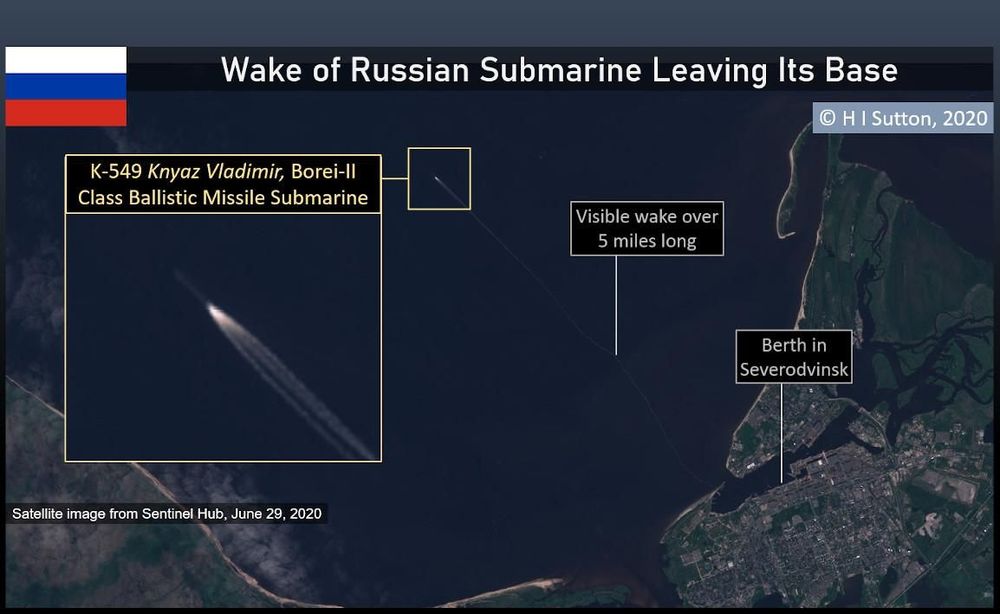New Zealand’s monster penguins, which lived 62 million years ago, had doppelgangers in Japan, the U.S. and Canada, a study published today in the Journal of Zoological Systematics and Evolutionary Research has found.
Scientists have identified striking similarities between the penguins’ fossilized bones and those of a group of much younger Northern Hemisphere birds, the plotopterids.
These similarities suggest plotopterids and ancient penguins looked very similar and might help scientists understand how birds started using their wings to swim instead of fly.








